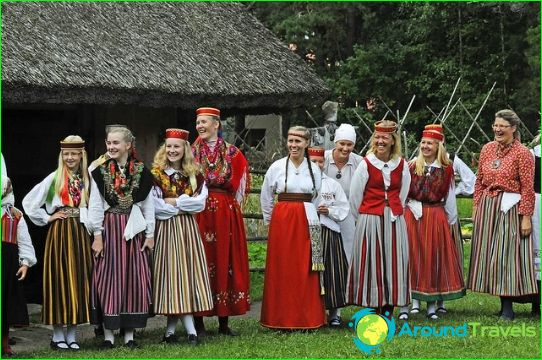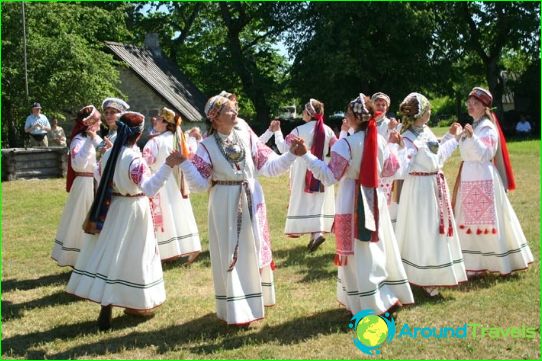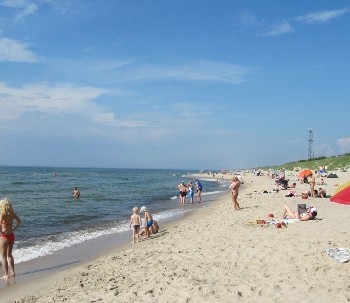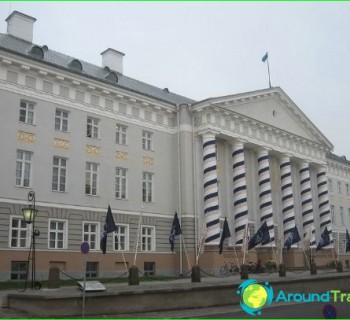Population of Estonia

The population of Estonia is over 1 million.
The oldest settlements found in Estonia belong to the Kunda culture. In the future, representatives of this culture mixed with the Finno-Ugric, and then with the Baltic tribes. In addition, the Germans, Slavs and Scandinavians later played a great role in the formation of the Estonian nation..
National composition:
- Estonians (65%);
- Russians;
- other nations (Ukrainians, Belarusians, Finns, Tatars).
On average, 36 people live per 1 sq. Km, but the most densely populated are Harju, and less densely - Hiiu counties..
The official language is Estonian, but Russian is also widespread.
Major cities: Tallinn, Tartu, Pärnu, Kohtla-Järve, Narva, Viljandi.
The inhabitants of Estonia profess Lutheranism, Orthodoxy, Baptism, Catholicism.
Life span
On average, Estonian residents live up to 69 years old (men - up to 63, and women - up to 76 years).
The rather low indicators of the average life expectancy of the population are due to the fact that the state allocates only $ 1,300 per year for health care per person, while other European countries allocate $ 4,000 for this expenditure item. An important role in this matter is played by the fact that Estonia is considered the most drinking country in the world. In addition, Estonia ranks 30th in the world in terms of cigarette consumption, but despite this, Estonians smoke 2 times less than Russians, Ukrainians and residents of the Balkan countries..
The main causes of death in Estonia are malignant neoplasms, diseases of the circulatory system, external causes of death (suicide, accidents, car accidents).
Traditions and customs of the inhabitants of Estonia
Estonians are hardworking, reliable, intelligent and reserved people.
The wedding traditions of Estonians are of interest: in the country, marriage is considered concluded according to all the rules, not after the wedding in the church, but after the bride is wearing the headdress of a married woman and tying her apron. At weddings, it is customary to kidnap the bride, block the road to the wedding cortege, check the household skills of the newlyweds, etc..
Many Estonian families have preserved an ancient tradition: immediately after the birth of their daughter, they put a large chest in the room, where they begin to collect the dowry (kitchen and household utensils, bed linen, jewelry). This is done so that by the time a grown-up girl decides to get married, she has a whole chest of dowry.
If you are going to Estonia, take note of the following information:
- in the country it is allowed to smoke only in special rooms intended for smokers (it is forbidden here to smoke in restaurants, bars, entrances of houses, at bus stops);
- if you do not want to be fined, in no case drink alcohol on the street;
- an Estonian should be greeted with a nod or handshake.



